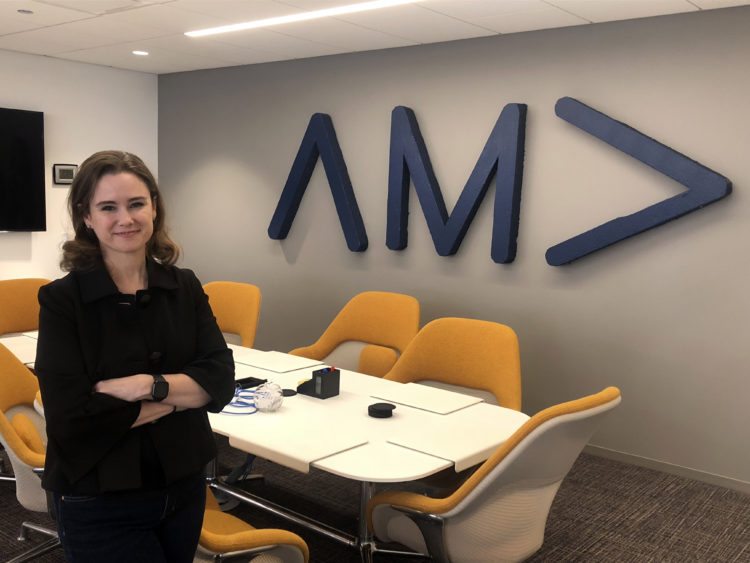

“Having someone in the C-suite focusing on experience means that someone is focusing on empathy.”
The American Marketing Association (AMA) is a professional association for marketers with over 30,000 members across 76 professional chapters. Their headquarters are located here in Chicago, and Russ Klein, featured on our Brand Lab Series™ podcast, was named CEO in 2014. The AMA strives to be the most relevant force and voice shaping marketing around the world and hopes to become the essential community for marketers.
The Chief Experience Officer at the AMA is Jennifer Severns, a woman with a passion for design-thinking and a knack for unpacking complex problems. At a young age, Jennifer discovered an interest in design and went on to study graphic design in school. After graduation, she found work designing digital and on-air experiences and branding, including nine years working as a Design Director at Harpo Productions. She learned to be scrappy and innovative, molding her creativity and aptitude for design. She spent the following years shaping experiences for Fortune 500 brands before joining the AMA almost two years ago. She has found meaningful work at the AMA as they undergo a massive transformation requiring her expertise.
The Chief Experience Officer role is a recent addition to the C-suite. According to General Assembly, in the modern business landscape, user experience has become a key differentiator that allows brands to cut through a crowded marketplace and create a unique value proposition for customers. Traditionally, user experience has been isolated to product and design teams instead of being treated as an organization-wide initiative. The Chief Experience Officer is now tasked with bringing holistic experience design into the C-suite and making it an intrinsic part of corporate strategy and culture. Jennifer believes that experience design is critical in allowing corporations to deliver meaningful content and solutions to customers, instead of just adding to the noise.
Organizations must think of the human experience first, but that runs deeper than just product design. Jennifer says, “I love the marketing side of business because it encourages me to move beyond the bottom line and strive for improvement in quality of life for customers.”

More and more, empathy is becoming incredibly important to businesses. Brands are heavily affected by what is going on in our world. Having someone in the C-suite focusing solely on experience means that someone is focusing on empathy. Jennifer explains that, “Experience design is a people-first endeavor that requires empathy. We’re shifting from telling customers about our brand to listening to what they are saying about our brand. With experience design we ask, ‘What value can we give to the customer?’ rather than, ‘How can we get something from the customer?’
With modern technology, every customer is a critic and impacts how other potential customers may view a business. Today, brands have less power in shaping their own public image. A brand’s reputation is often decided by consumers, requiring genuine authenticity during each and every customer interaction or experience. This is why it is more valuable and effective for an organization to map what they are building or designing to the human experience rather than building something without user input and then marketing it to attract customers.
Jennifer believes that, as an experience designer, it’s important that her work contributes to these efforts–helping brands drive toward a deeper purpose and provide meaningful value. “That core mission is what spurs my passion in this industry,” she explains.